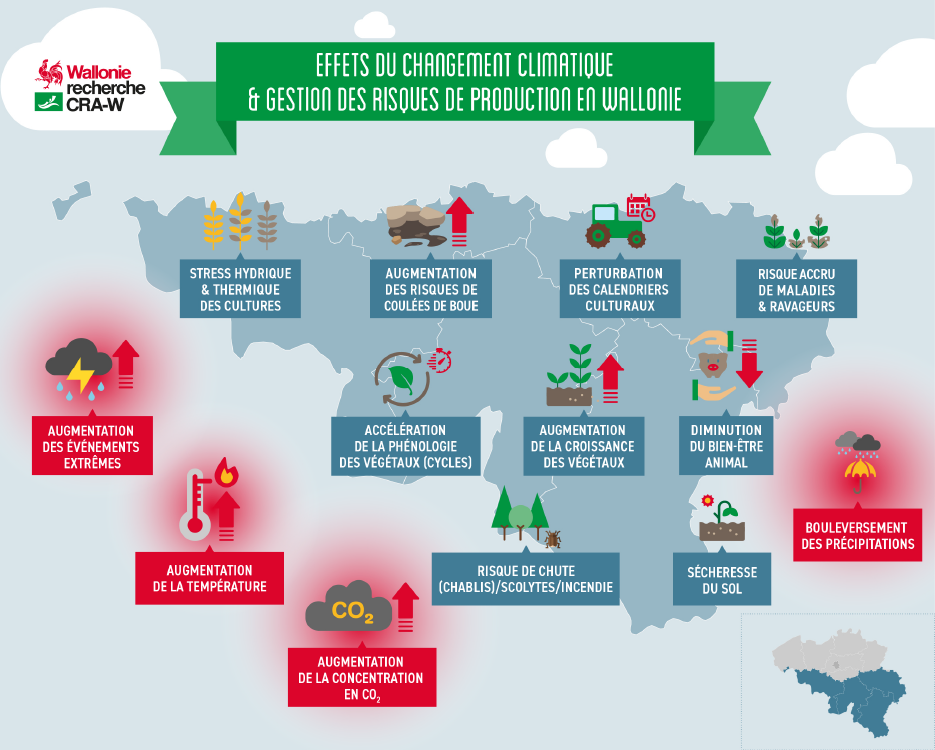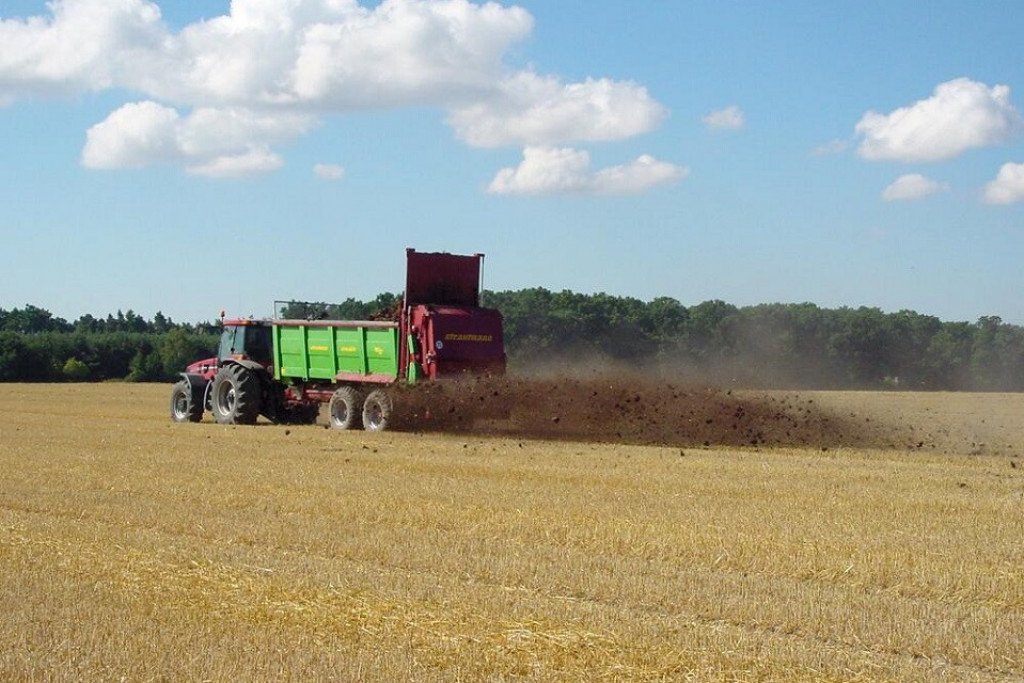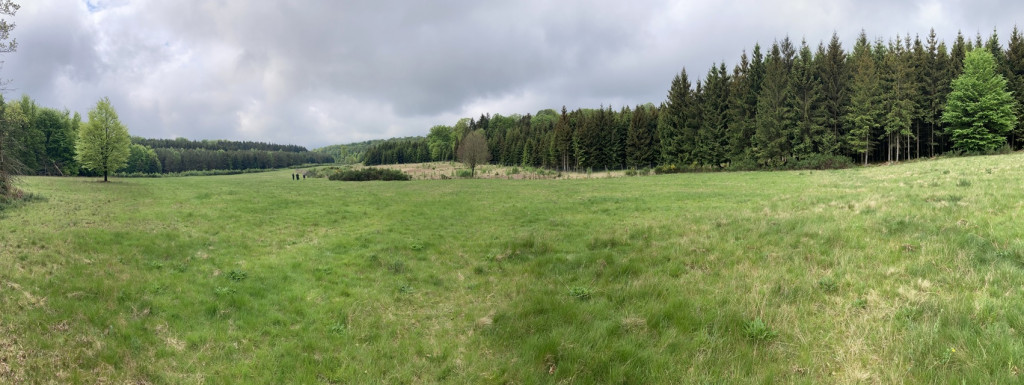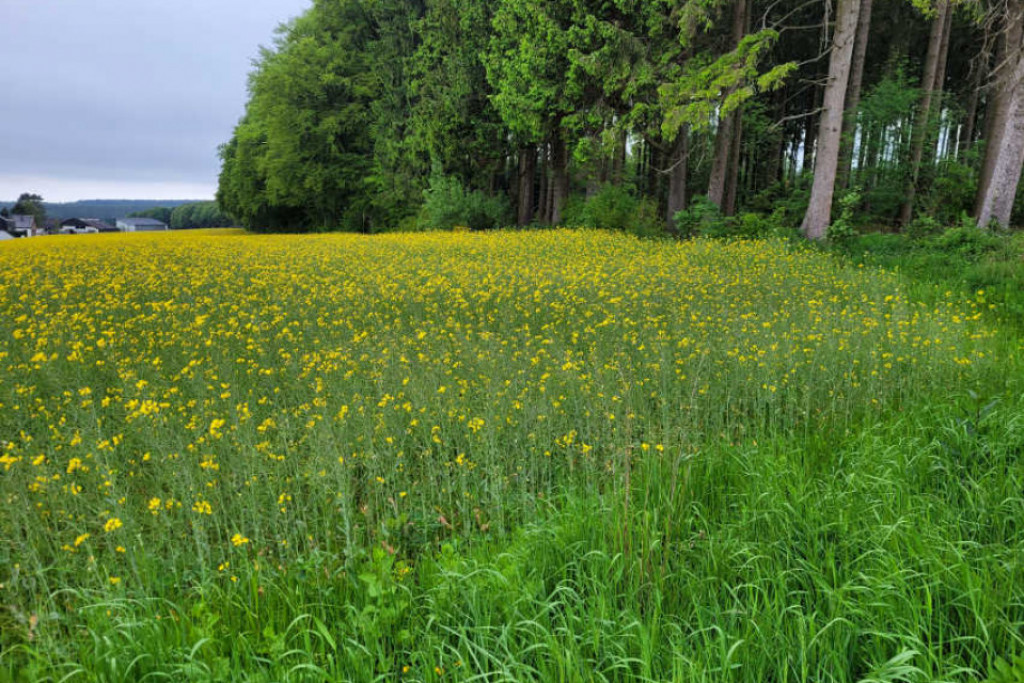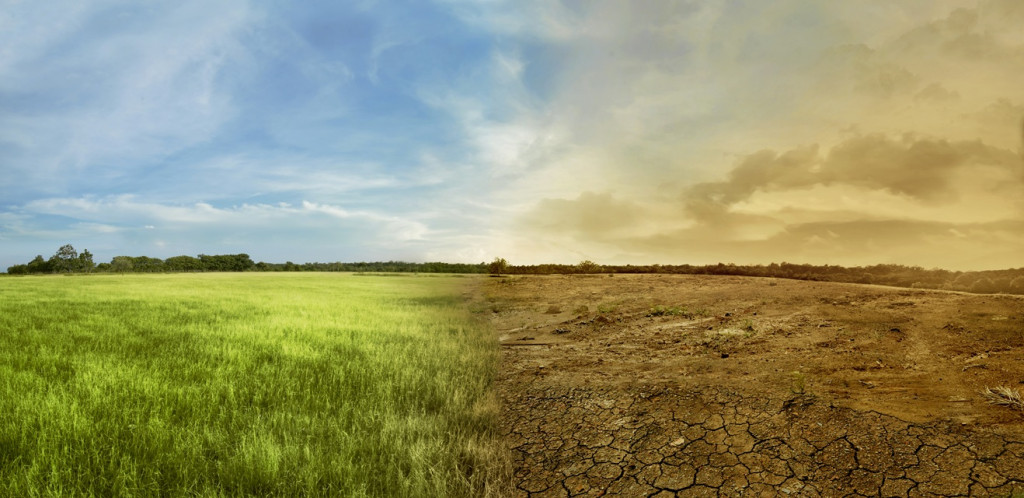In this document we will discuss the different effects of climate change and their impact on the various Walloon agro-ecosystems
Through various research projects, the CRA-W is studying the vulnerability of systems and the ability of farmers to adapt to increase the resilience of their operations.
Water and thermal stress of crops

The combination of abnormally high temperatures and absence of precipitation over a long period inevitably leads to a drought that affects soil water reserves and the conditions of crops and grasslands.
Increased risk of mud flows

Episodes of intense localized rain on bare soil, or when the most vulnerable crops (row crops) are underdeveloped, result in mud flows. These mud flows result in losses of yield, losses of valuable soil layers for farmers and damage to the surrounding infrastructure (roads, gardens, housing).
Increased risk of diseases and pests
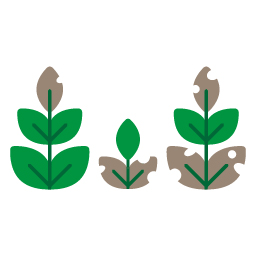
Climate change provides certain pathogens and pests with conditions that are more favourable for their development. This could result in a larger distribution area of these organisms, as well as an extension of their host ranges or an increased intensity of the damage they cause.
CRA-W is monitoring the situation as it evolves. Research is also being conducted aimed at limiting the harmful consequences of these emerging developments through management measures adapted to the changing context.
Links: https://www.cra.wallonie.be/fr/gecomara and https://www.cra.wallonie.be/fr/opatra-w
Risk of felling (windfall)/bark beetle/fire
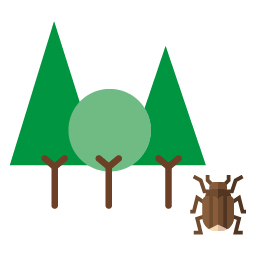
Given their longevity, forest trees are likely to encounter several exceptional weather events during their life such as storms and drought. In a context of climate change, these events tend to become more frequent with the direct consequence of an increased risk of windfall or fire. Repeated stresses that forest trees are facing also make- them more vulnerable to various biotic hazards, of which bark beetle infestations are a well-known example.
CRA-W is setting up phytosanitary monitoring of the forests in Wallonia.
Disruption of cropping calendars
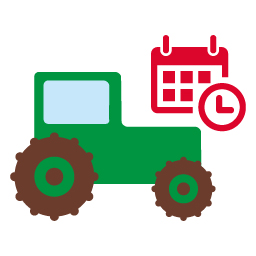
For spring crops, warmer winters and earlier springs will resulting in seeding and planting earlier in the season. The earlier growing season is expected to allow crops to have a better ability for photosynthesis on the longest days of the year and benefit from it.
For winter crops seeding is rather delayed, which will require some getting used to. The increasingly mild autumns are causing excessive growth of seedlings before they enter the middle of winter. This growth leads to sensitivity to the cold of the coming winter or spring, leading to leaf and root diseases which will resume the following spring. They complicate weed management (pre-winter growth), fungal diseases (“green bridge”) and pests, especially virus carriers. These disruptions of crop calendars could hinder the distribution of field work, or even call into question certain forms of intercropping and rotations.
CRA-W is implementing a large number of field tests to study the best technical itineraries and farm practices to mitigate these effects.
Accelerating plant phenology (cycles)
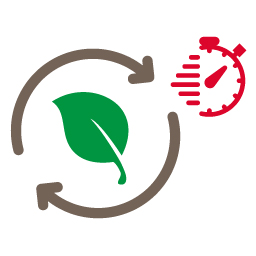
The plant development cycle is directly linked to temperature: the higher temperature, the more intense the biological activity and therefore the faster crops grow. The rise in temperatures expected in a context of climate change will therefore lead to acceleration of the plant cycle.
At CRA-W, we are constantly monitoring weather conditions throughout Wallonia in order to develop and provide tools to assist with agricultural decisions. In particular, a tool for tracking the phenology of wheat is in the validation phase. It will be made available to farmers so they can follow the development of their crops and best position the cropping operations to be carried out.
Links: https://www.cra.wallonie.be/fr/agromet and https://www.cra.wallonie.be/fr/pameseb
Increased plant growth
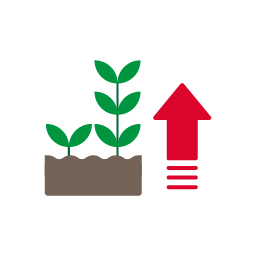
Plants transform atmospheric CO2 into biomass. The main factors of this function are temperature, water, sunlight and atmospheric CO2 concentration: too much or too little of any of these factors becomes a limit to photosynthesis activity. Climate upheavals will change the average values as well as the extreme values of these parameters. In Wallonia, generally better conditions are expected, thanks in particular to longer growing seasons and higher CO2 concentrations, potentially favourable to plant growth. However, the increased frequency of stresses associated with extreme events and changes in precipitation patterns could be detrimental.
In this context, work being conducted by the CRA-W teams aims to improve plants and optimize crop schedules, in order to make the most of the environment’s resources.
Reduced animal welfare

Air temperature and humidity has a direct influence on animal welfare and their performances. For pigs, growth slows sharply over 30°C, and the mortality rate soars. For dairy cattle, rising temperature accompanied by humidity of the air results in lower forage consumption and milk production and altered milk quality. In addition, there is an increased livestock watering. Long heat periods result in other consequences for reproduction, growth and health.
The temperature rise will be decisive. Without adequate measures, livestock will suffer more and more from heat stress, with a possible drop in performance and a deterioration in production quality.
Soil dryness
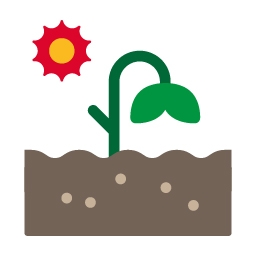
The soil is our farmers’ basic tool. It provides nutrients and water to the crops through the plant’s root system. The increasingly frequent incidence of prolonged periods of drought is harmful to crop water supply because it depletes soil water reserves, which then struggle to replenish during the winter period. In particular, shallow, stony or coarse-textured soils are less resilient to drought due to limited water reserves. In addition, the water infiltration capacity of certain soils is reduced when they are highly parched, making them more susceptible to water erosion and therefore increasing the risk of mud flows and soil loss.

